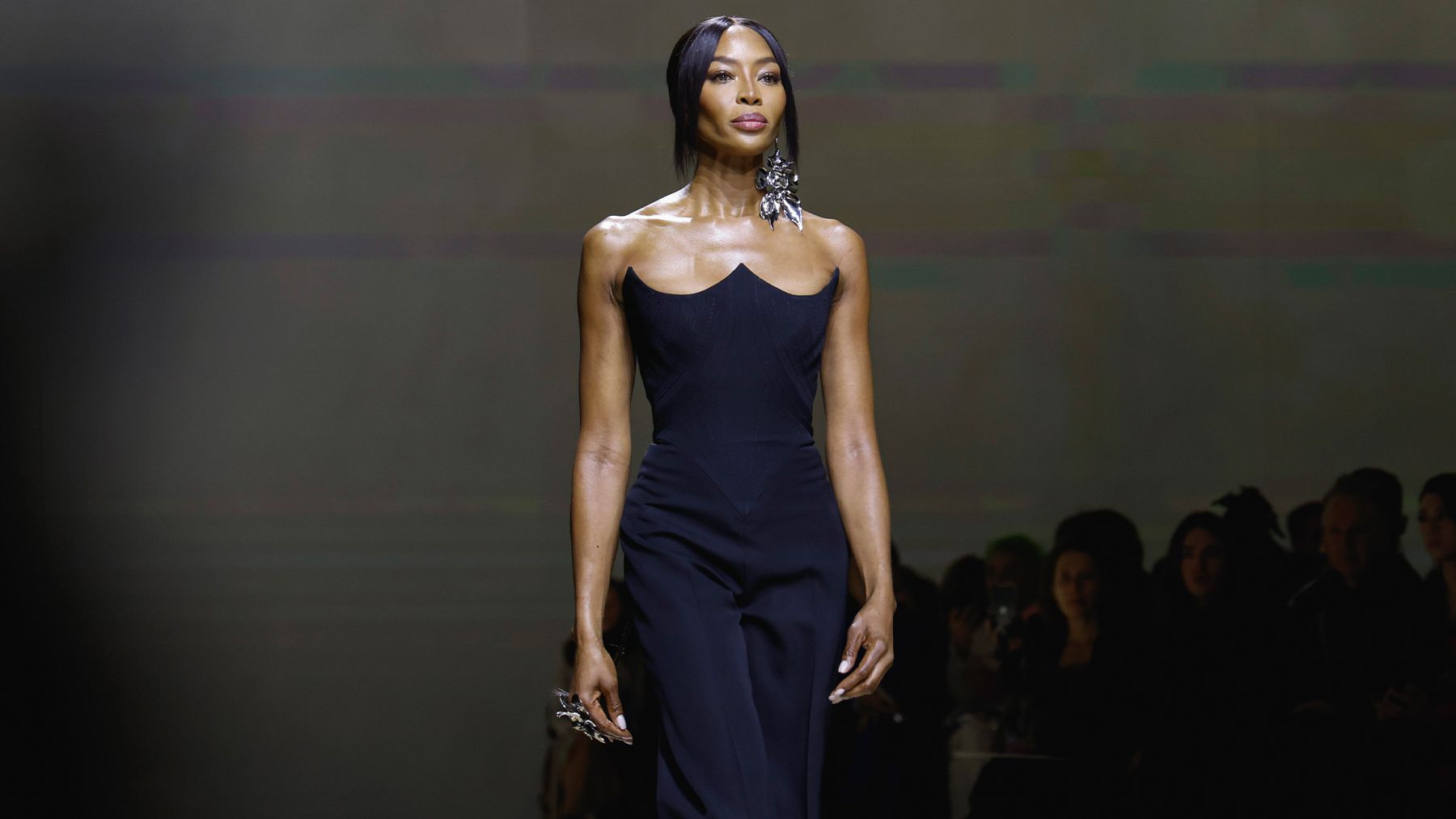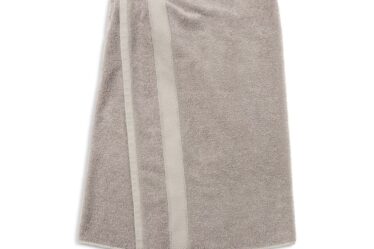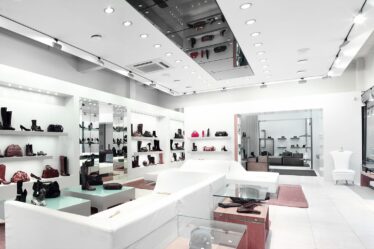
PARIS — Earlier this week, private equity firm L Catterton took a majority stake in the cherished French brand A.P.C. The terms of the deal weren’t disclosed but it seems safe to assume it was a serious whack of cash. A.P.C.’s denims are loved all over the world. On Sunday afternoon, Jean and Judith Touitou, Mr and Mrs A.P.C., showed their latest collection on their daughter Lily and several dozen of her friends and acquaintances from her school École Diagonale, none of them born before 2006. After they’d paraded their looks, the kids got together in the centre of the show space that had been improvised on the ground floor of A.P.C.’s Left Bank H.Q. and had a bit of a rave to DJ Myd. It was goofy and happy, and it struck me how seldom we see a celebration of the simple joys of being alive on fashion catwalks. Yes, fashion is a serious business – how could it not be with all those fragile egos drowning in tidal waves of money? — but surely it’s an anomaly that the responsibility to communicate that seriousness falls on the young people, many of them probably not much older than Lily and her friends, who parade up and down in endless solemn columns during our various fashion weeks. And it’s even more anomalous that a smile on a young face should seem like the incongruity in a sea of grim, set expressions.
Valentino, later on Sunday, was definitely serious. Pierpaolo Piccioli’s theme was Black Tie, not in its penguin-suit-for-a-night-at-the-opera connotation, but more as a uniform signifier of male authority, usually paired with a white collar. Ripe for subversion, in other words, which is why the look was so popular with punks. Piccioli was surprised that the most requested look from his couture show in January was the first one: long jacket, short skirt, skinny black tie. That same look cycled back in his new ready-to-wear, the jacket extending well below the hem of skirts and shorts for both men and women, but, said Piccioli, “as light as a hoodie.” He was dubious about the punk connotation — he doesn’t like nostalgia — but it was inescapable, not just with the models’ makeup and piercings and bovver-y boots, but also with an item as resonant as a red-and-black-striped mohair sweater, and the endless iterations of black-tie-white-shirt.
The ethos of punk is also tuned to Piccioli’s oft-voiced quest for a younger audience for Valentino, though here he insisted that the black tie really was intended as an emblem of male power, “a symbol fixed by social convention,” which he could set about deconstructing and reconstructing. Piccioli believes fashion should generate obsessions. On that we agree. Because fashion is stoked by often irrational desire, it has an unparalleled power to fetishize clothing and objects. And Piccioli set out to prove that with his ode to the skinny black tie.
“I wanted to give myself restrictions,” he said in a preview. “Any limitation can become an opportunity.” That much was obvious from the first look he showed on Sunday, where the tie expanded under its white collar into a mini-halter dress. But that white collar, and its attendant expanse of white shirt, were also transmogrified, most successfully as an asymmetric floor-length sweep with flowing kimono volume on one side, slashed high on the thigh on the other. We could have done with more of the elegant simplicity of that look. And a little levity too, along the lines of the couture show’s polymorphous club night (although Piccioli curiously said that he was now bored of eclecticism). Ultimately, the apotheosis of the black tie was perhaps too limiting a focus. Contrivance took over, and the show became a rather lugubrious procession, soundtracked by an impressive but overpowering piece of music from Massive Attack’s Robert Del Naja. No one smiled (let alone danced). I missed the poetry of Piccioli’s early presentations.
Sarah Burton was also talking about subversion after the Alexander McQueen show on Saturday night: tearing tailoring apart, turning it upside down, flaying it and checking its muscles against Leonardo da Vinci’s anatomical drawings. On the screen that surrounded the audience, upside-down figures tracked backwards, like a modern analogue of Eadweard Muybridge’s pioneering images of bodies in motion. Burton’s return to the Paris catwalk coincided with a post-pandemic rethink, a move away from poetic embellishment towards a focus on the bones of fashion, the techniques of tailoring and dressmaking that were the essence of Lee McQueen’s early collections. There were other echoes: a snatch of soundtrack from 1998, a man’s corset from 2000. “Looking back to where things began makes you feel very grounded,” a notably collected and confident Burton said after the show. “You want to feel quite held at the moment, in the way that corset holds you. You can look at those pieces and they’re still incredibly relevant and beautiful.”
Burton stressed the importance of grounded fashion now, especially in the face of global chaos, but she also offered a master class in elevating the fundamentals. The show emphasised rigorous structure in classic fabrics (yes, there were white shirts and black ties), but there were also dissecting slashes to reveal flesh, cable stitches to suggest musculature, flying buttresses of material to convey movement. The colour palette was somber, aside from a deep red and the flash of dull silver. The sole print was an orchid, most visceral of all blooms. There was something quite interior about the starkness of the collection, almost as though Burton was dissecting not just fashion but her own feelings about life. And that’s another way to say restart.


